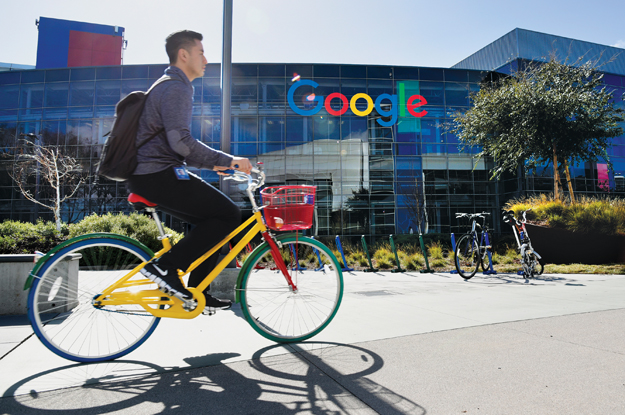In the new issue of Americas Quarterly, we asked people, “What would you tell the next U.S. president about Latin America?” To see other authors’ responses, click here.
Dear Mister / Madam President,
World leaders regularly travel to Washington, New York City, Houston — but no visit is more coveted or anticipated than a trip to Silicon Valley. The region represents the best of our approach to innovation and entrepreneurship, and is the envy of the world. In fact, Silicon Valley has become such a popular destination for VIP visitors to the U.S. that in 2014, the nonprofit Office of Protocol was opened to advise heads of tech companies on the appropriate etiquette for international diplomacy.
Given Silicon Valley’s deep links with the rest of our hemisphere, its pull is particularly strong for Latin Americans. For example, the new mayor of Buenos Aires recently made a visit simply to inaugurate an office that will support the many Argentine entrepreneurs who are living and thriving in the Valley. Our university system, which encourages the innovation at the heart of Silicon Valley’s success, also draws students from around the hemisphere. In the 2014–15 school year, more than 86,000 students from the Americas attended U.S. universities, out of a total of 975,000 international students.
So why don’t we use this to our advantage when thinking about our foreign policy agenda for the region — and elsewhere?
President Barack Obama championed a series of nuclear summits, which underscored U.S. leadership in developing new technology to secure nuclear material and promote nonproliferation during his two terms. Perhaps, in a similar spirit, you could convene summits on innovation and hold them in Silicon Valley. These summits could engage leaders from multiple countries, and encourage dialogue between the public and private sectors.
Such an approach would have special resonance in the Americas. Latinos constitute an estimated quarter of the Silicon Valley population, although they are still under-represented in the tech industry. Immigrants account for more than a third of the Silicon Valley population overall, and founded 52 percent of the region’s new companies between 1995 and 2005. In other words, Silicon Valley is one of the places that best illustrates how the American dream is alive and well.
Deeply entrepreneurial themselves, Latin American leaders are motivated by the desire to understand both today’s and tomorrow’s technology. Learning about the latest developments in financial technology, e-commerce and tech trends is high on their agenda; but they also come just to feel the energy generated by successful entrepreneurs and venture capitalists, so that they may build similar ecosystems in their home countries. Many have succeeded, with thriving innovation centers in places like Bogotá, Buenos Aires, São Paulo and beyond.
Of course, Silicon Valley is not the only center of innovation and entrepreneurship in the U.S. Other universities and cities have also become hubs for innovation, tech incubators and startups. Some examples: the MIT Media Lab in Cambridge, Silicon Alley in New York City, Silicon Bayou in New Orleans, Silicon Desert in Phoenix, and Philicon Valley in Philadelphia. Perhaps you could consider holding summits on innovation in these places as well.
Such meetings could help spur the innovation needed for a new wave of economic growth, not just in the Americas but in the world. It’s also true that greater public and private sector engagement on these topics, where we are so admired, could lead to greater cooperation and dialogue on other, thornier issues. So why not seize the moment?
–
Segal is president and CEO of Americas Society and Council of the Americas. Previously she worked in the private sector with Latin America and other emerging markets for over 30 years. Segal is also a director of the Tinker Foundation, Scotiabank, Mercado Libre and the Latin American Venture Capital Foundation.






